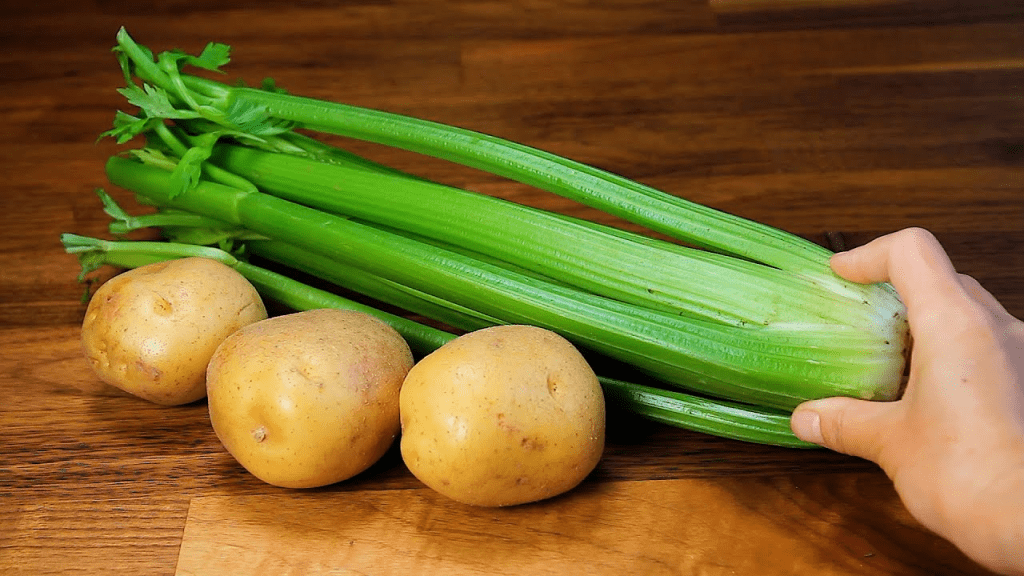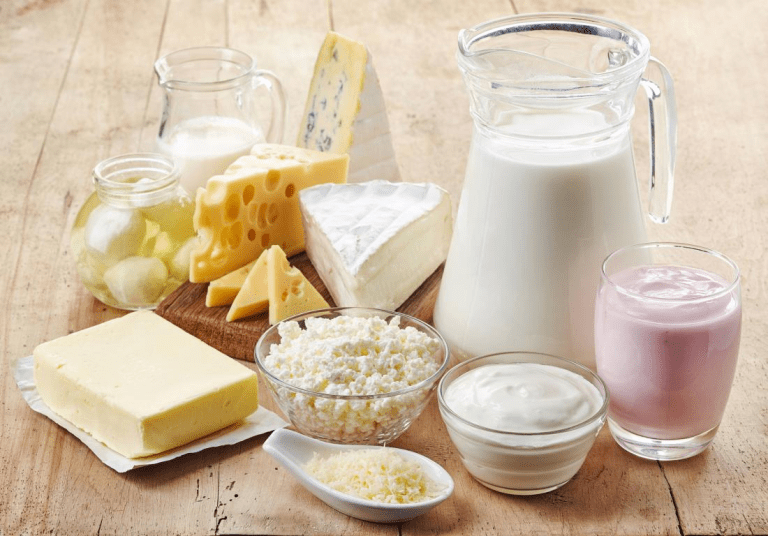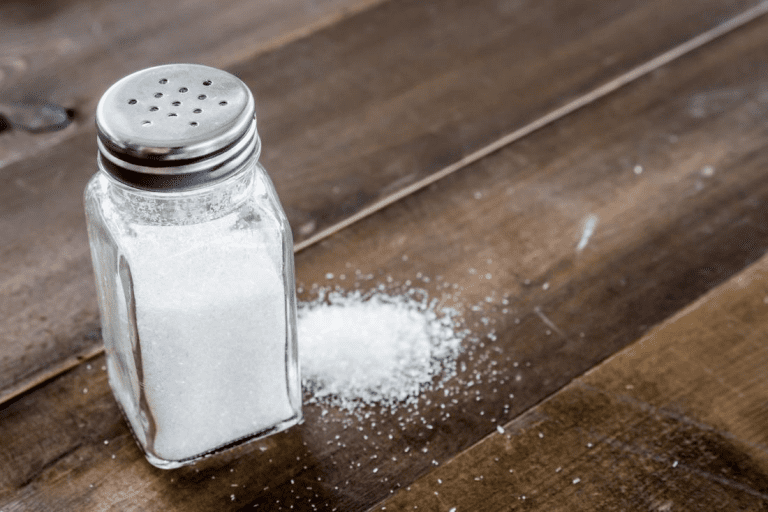Accidentally adding too much salt to a dish can quickly turn a culinary masterpiece into a kitchen nightmare. For many, the first instinct is to add water, hoping to dilute the saltiness. While this might seem like a quick fix, it often dilutes the overall flavor, leaving your dish bland and unappetizing. The good news? There are better ways to balance salt and save your meal without sacrificing its taste or texture.
Let’s dive into practical and effective methods to rescue an overly salty dish like a pro.
Why Adding Water Isn’t Always the Best Solution

Although adding water might seem like the most straightforward option, it comes with its own set of problems.
- For soups and stews: Adding water can thin out the broth, leaving it flavorless and unappealing.
- For casseroles or stir-fries: Extra water can ruin the texture, making the dish soggy.
Instead of relying on water, consider these alternatives that neutralize salt without compromising the richness of your recipe.
1. Add a Splash of Vinegar or Lemon Juice
A touch of acidity can work wonders when it comes to balancing out saltiness. Both vinegar and fresh lemon juice are excellent choices for this.
- How It Works: The acidity in vinegar or lemon juice counteracts the salt, creating a more balanced and harmonious flavor.
- How to Use It: Start with a small amount—just one or two teaspoons—and stir well. Taste before adding more to avoid overpowering the dish.
- When to Avoid This Method: If your dish contains dairy, like milk or cream, the acid could cause curdling. Opt for a different method in such cases.
2. Incorporate Egg Whites
Egg whites are a surprising yet effective tool for absorbing excess salt, particularly in soups and stews.
- How It Works: Egg whites act like sponges, drawing out some of the salt from the liquid.
- How to Use It: Crack an egg and separate the white from the yolk. Add the whole egg white (without beating it) to your dish and simmer for five minutes. Carefully remove the egg white with a slotted spoon before serving.
- Pro Tip: Larger dishes may require more than one egg white for noticeable results.
3. Add a Touch of Sweetness
A little sweetness can go a long way in neutralizing salty flavors and enhancing the overall taste of your dish.
- How It Works: Sweeteners like honey or sugar counteract the sharpness of salt, balancing the flavors.
- How to Use It: Add one to two teaspoons of honey or sugar, stirring thoroughly. Taste and adjust as needed, adding a small amount at a time to avoid oversweetening.
- Best For: Soups, stews, and sauces, especially those with a savory or slightly sweet flavor profile.
4. Use Vegetables Like Celery or Potatoes
Vegetables such as celery and potatoes are natural salt absorbers, making them a go-to remedy for overly salty dishes.
- How It Works: These veggies soak up some of the salty liquid, reducing the overall saltiness.
- How to Use Celery: Thinly slice celery and add it to your dish. Let it simmer for 15 minutes before removing the celery.
- How to Use Potatoes: Peel a potato, cut it into large chunks, and simmer it in the dish for about 20 minutes. Remove the potato chunks before serving.
- Pro Tip: While effective, this method can also absorb other flavors, so adjust seasoning after removing the vegetables.
5. Add Tomatoes for a Tangy Balance

Tomatoes are a versatile ingredient that can help reduce saltiness while adding a subtle tang and depth of flavor.
- How It Works: The mild acidity of tomatoes dilutes the salt and balances the taste.
- How to Use It: Cut tomatoes into wedges or thick slices and add them to your dish. Simmer for 15–20 minutes, then remove the tomato pieces before serving.
- Best For: Tomato-based recipes like pasta sauces, soups, or stews.
6. Incorporate Dairy or Fats
Dairy and fats are excellent for mellowing out saltiness while enhancing the richness of your dish.
- How It Works: Ingredients like cream, unsalted butter, or plain yogurt dilute the salt and add a smooth texture.
- How to Use It: Stir in a small amount of unsalted butter, heavy cream, or plain yogurt. For curries or stews, coconut milk can also work beautifully.
- Best For: Creamy soups, curries, and casseroles.
7. Mask Saltiness with Herbs and Spices

If reducing the salt isn’t an option, enhancing other flavors can help distract from the saltiness.
- How It Works: Bold herbs and spices add depth and complexity, diverting attention from the salty taste.
- How to Use It: Add fresh herbs like parsley, cilantro, or basil. For spices, try cumin, paprika, or black pepper.
- Pro Tip: Avoid using pre-mixed herb blends, as they may contain hidden salt.
Why Balancing Salt is Crucial

Salt enhances flavor, but too much can overpower a dish and ruin the dining experience. Correcting over-salting isn’t just about fixing the mistake; it’s about restoring balance and ensuring the dish remains flavorful and enjoyable.
By using the methods outlined above, you can rescue overly salty dishes while maintaining their intended flavor profiles.
Conclusion: Creative Fixes for Common Kitchen Mistakes
Accidentally over-salting a dish doesn’t have to spell disaster. With simple fixes like a splash of vinegar, a pinch of sugar, or the addition of celery or potatoes, you can bring your dish back to life. Cooking is as much about improvisation as it is about precision, and these tricks ensure that even small mistakes don’t derail your culinary efforts.
Remember, even the best chefs make mistakes in the kitchen. What sets them apart is knowing how to recover—and now, you have the tools to do just that. So next time you go heavy on the salt, don’t panic. Try one of these techniques, save your dish, and serve it with confidence. Happy cooking!


